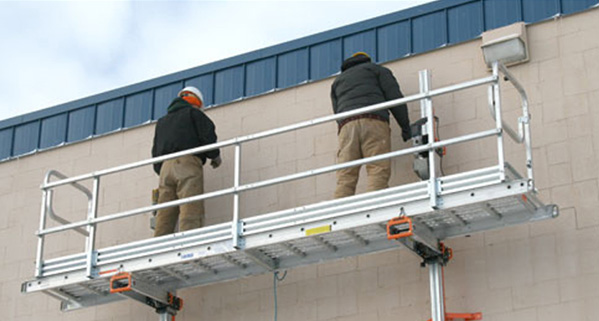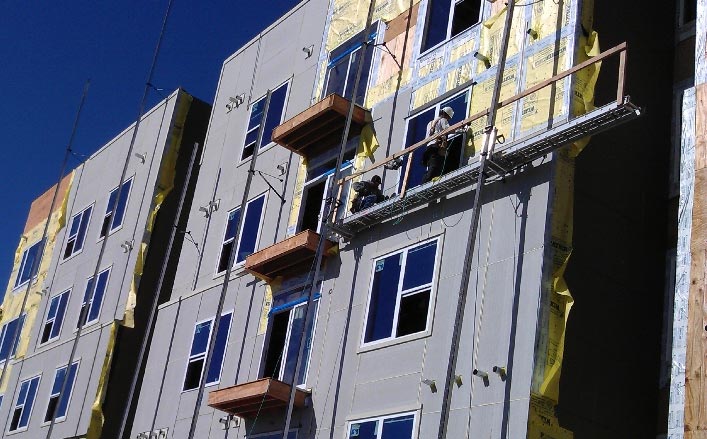Miller Weisbrod Olesky Settles Construction Accident
Our clients were siding contractors on a large apartment construction project in South Central Texas. In order to place large pieces of pre-fabricated siding, the workers needed to have an elevated platform to work at the necessary heights. Since the work involved moving horizontally along the face of the building, stationary scaffolding did not make practical sense because it takes so long to erect, disassemble and move. Instead, the typical aerial platform for this and similar trades is called a pump jack.

This device utilizes two horizontal metal poles and a platform that can be lifted or “jacked” up and down to the necessary heights to perform the work.

OSHA generally requires independent lifelines connected to harnesses unless an adequate guardrail system can surround the entire work platform. But in many cases, the pump jack must be placed inside crevices in such a way that a smaller platform without guardrails is utilized. Industry practice is that a bolt is placed at the top of a building so the workers can hook long lanyards/lifelines to hang down and attach to their harnesses. This allows protection should the platform fail or become unstable.
In our case, the superintendent for the general contractor knew about the industry standard and claimed that the siding contractors were always tied off when on the pump jacks (that did not have proper guardrails). Our clients claimed they never had been issued harnesses and there were no hard points for lifeline connection on the roof of the apartments. They had been working for three weeks when their platform became unstable (due to inadequate bracing) causing them to fall over the side. One client suffered several orthopedic fractures — the other suffered a broken spinal cord leaving him permanently paralyzed.
The problem was collectability — our clients were hired by Edwin, who was hired by Raul, who was hired by Jessie who was hired by a company in Kansas that had the siding subcontract but had never visited the job site or met in person Jessie, Raul, Edwin or our clients. The Kansas company had been contracted by the General Contractor on the job.
Cross examination of the job superintendent
Our theory was that the general contractor knew that the lack of fall protection was dangerous and approved the practice by failing to require fall protection even though they walked by the workers a half dozen or more times every day for several weeks.
On the strength of this cross examination and other admissions from the general contractor’s employees were able to secure a substantial confidential settlement that will provide for the life care needs of our paralyzed client and compensated his co-worker for his orthopedic injuries.
Miller Weisbrod Olesky has partnered with law firms across the state of Texas on a referral and joint venture basis to pursue cases of catastrophic injury and wrongful death arising from construction and work site incidents. We would welcome the opportunity to work with you to obtain justice for your clients injured or killed on the job.
Miller Weisbrod Olesky, Attorneys is a national law firm specializing in catastrophic injury and wrongful death cases. Partners Clay Miller and Les Weisbrod have built the firm’s reputation with successful verdicts, settlements, appeals and favorable decisions across the country. With resources and finances available to take on the powerful interests that have caused harm, the firm is committed to providing quality representation for clients who are seriously injured and families of victims who are killed as a result of the negligence or misconduct of others. Miller Weisbrod Olesky has offices in Dallas and affiliate offices in Houston and Austin. For more information call toll-free at (888) 987-0005.

